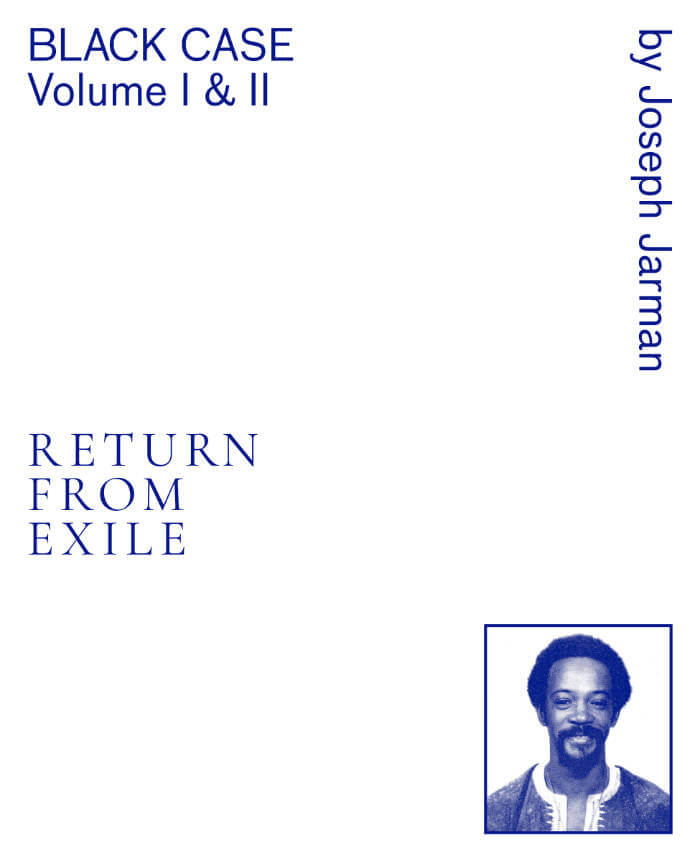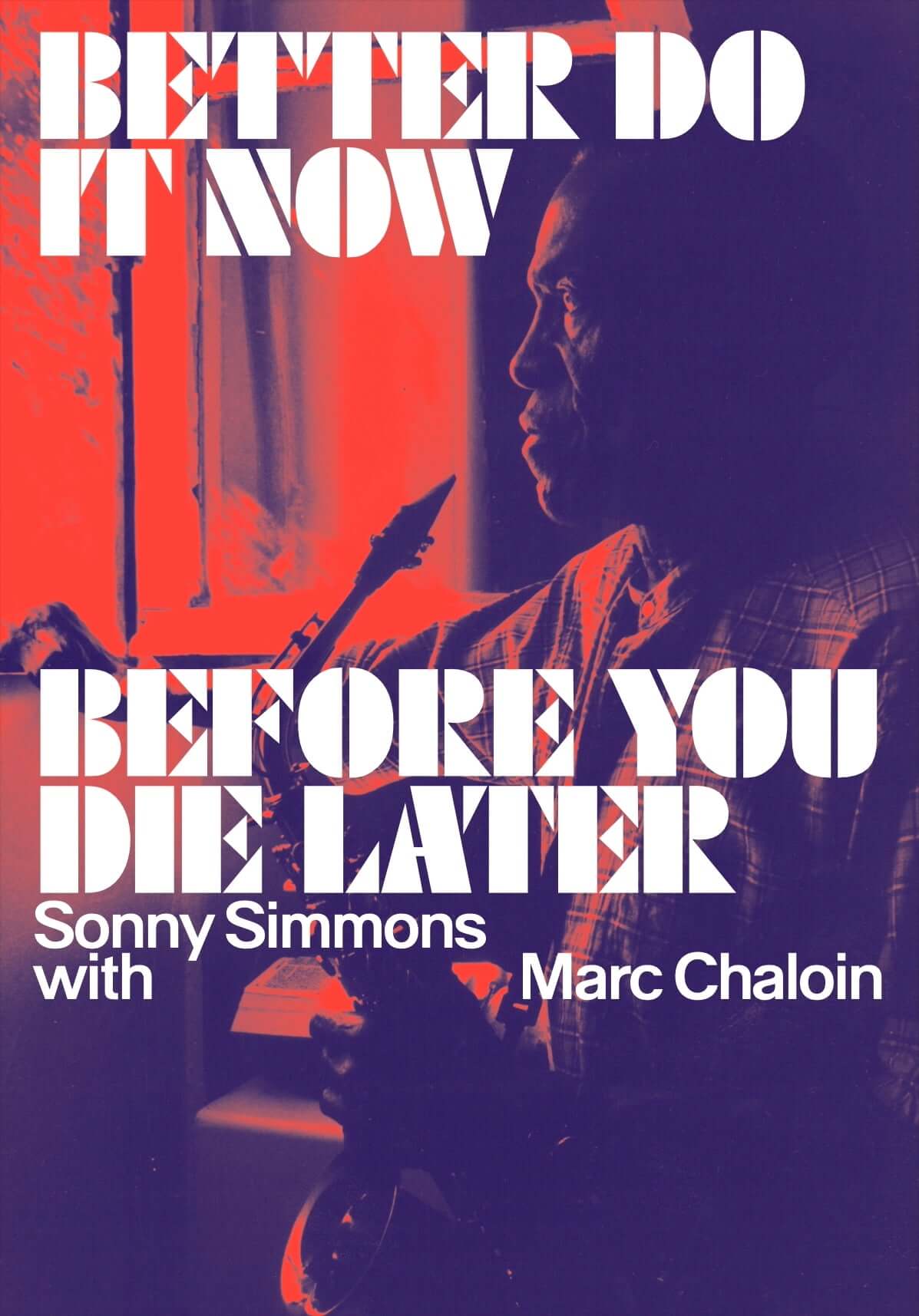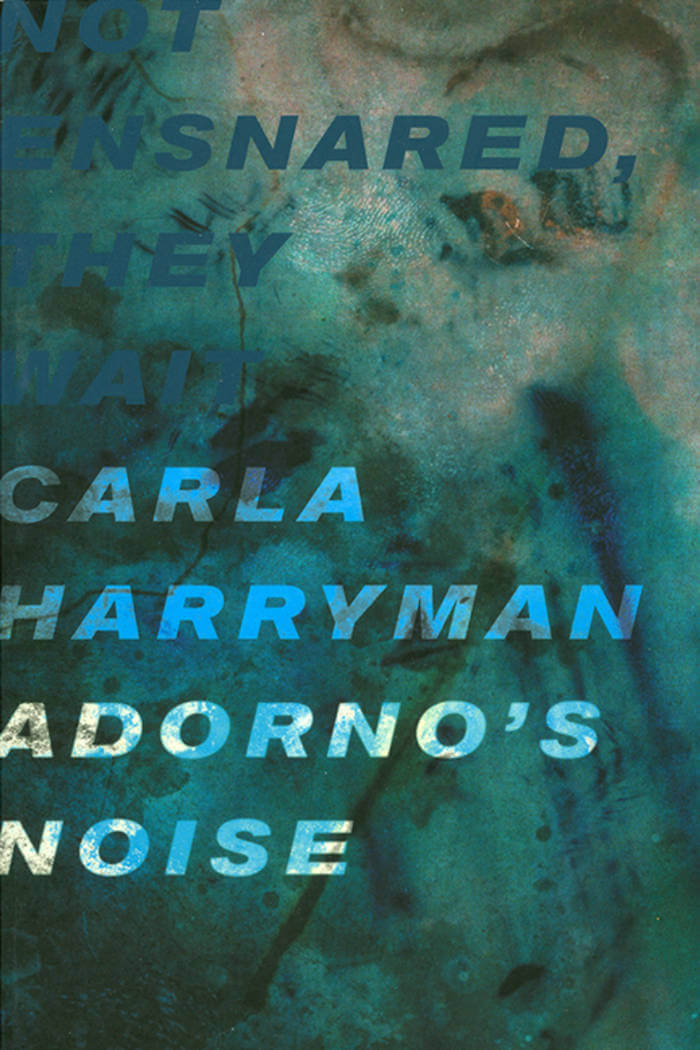
A Strange Celestial Road – My Time in the Sun Ra Arkestra
Louis Reyes Rivera, Ahmed Abdullah
In this memoir, Harlem-born trumpeter Ahmed Abdullah recounts decades of national and international touring with the Sun Ra Arkestra and charts the rise of New York loft jazz scene, offering a fascinating portrait of advanced music in Brooklyn and lower Manhattan from the 1970s through the 1990s.
In this captivating memoir, the first full-length account of life in the Arkestra by any of its members, Harlem-born trumpeter Ahmed Abdullah recounts two decades of traveling the spaceways with the inimitable composer, pianist, and big-band leader Sun Ra. Gigging everywhere from the legendary Bed-Stuy venue the East to the National Stadium in Lagos, Abdullah paints a vivid picture of the rise of loft jazz and the influence of Pan-Africanism on creative music, while capturing radical artistic and political developments across Brooklyn and Lower Manhattan in the 1970s and '80s. Richly illustrated with seventy-two pages of photographs and posters from Adger Cowans, Marilyn Nance, Val Wilmer, and others, A Strange Celestial Road interweaves the author's own moving story—his battles with addiction, spiritual development, and life as a working class performer—with enthralling tales of tutelage under Cal Massey, collaborations with the likes of Ed Blackwell, Marion Brown, and Andrew Cyrille, and profound, occasionally confounding, mentorship by Sun Ra. Originally written in the 1990s with the help of Nuyorican poet Louis Reyes Rivera and published now for the first time, with a foreword by Salim Washington, A Strange Celestial Road isnot only an autobiography, but a history of a remarkable and under-documented movement in music.
Ahmed Abdullah (Leroy Bland) joined the Sun Ra Arkestra as a trumpeter in 1974 and remained a member for more than twenty years. Born in Harlem in 1947, he became an important figure in the New York loft jazz movement, forming the group Abdullah in 1972, and going on to found the Melodic Art-Tet with Charles Brackeen, Ronnie Boykins, and Roger Blank in the early 1970s and The Group with Marion Brown, Billy Bang, Sirone, Fred Hopkins and Andrew Cyrille in 1986. Abdullah is a co-founder of the Central Brooklyn Jazz Consortium, has been the music director of Dianne McIntyre's Sounds in Motion Dance Company, and is music director at the historic venue Sistas' Place in Bedford-Stuyvesant, Brooklyn. He has been a music instructor at Carnegie Hall and Brooklyn Philharmonic Orchestra, and teaches at the New School for Social Research in Manhattan and an elementary school in central Brooklyn.
Louis Reyes Rivera (1945-2012) was a Puerto Rican poet from Brooklyn. Known as the "Dean of Nuyorican Poetics," he led creative writing workshops in community centers and prisons across New York, lectured on Latin and Black diasporic history and literature at New York colleges including Hunter, Boricua, Pratt, and Stony Brook; and was a leader in the 1969 student movement at CUNY, leading to the founding of its department of ethnic studies. Rivera was also a prolific editor, working on books such as John Oliver Killens's Great Black Russian: The Life and Times of Alexander Pushkin, and a translator of works by Puerto Rican poets Clemente Soto Velez and Otto Rene Castillo. His own poetry collections include Who Pays the Cost (1977), This One for You (1983), and Scattered Scripture (1996), which received an award from the Latin American Writers Institute.







